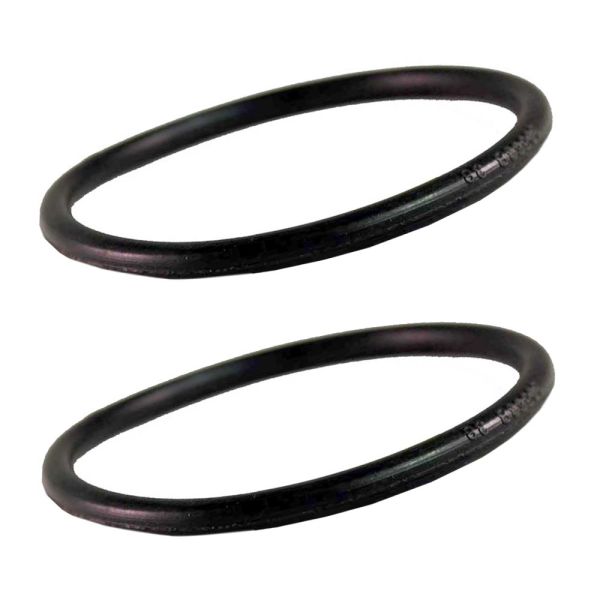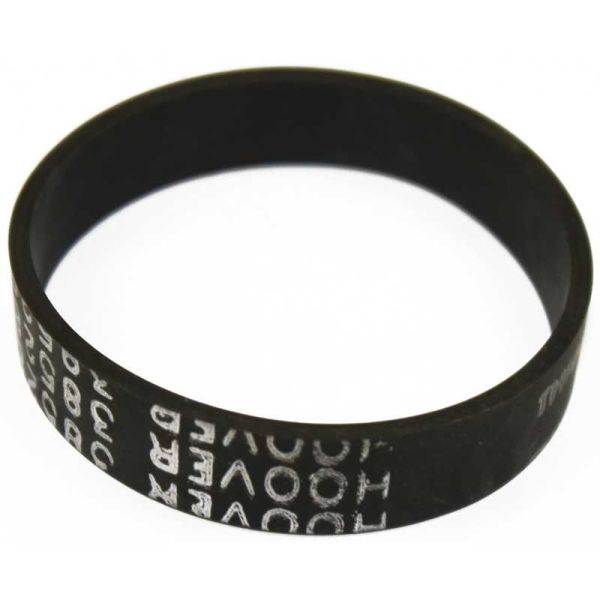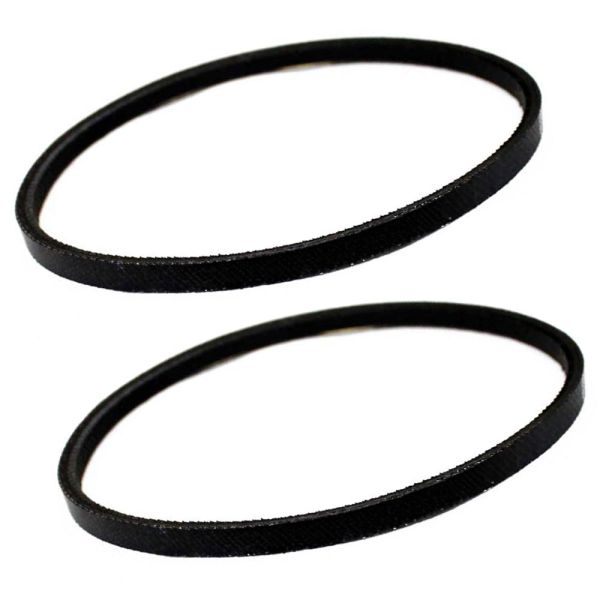Comprehensive Guide to Purchasing Vacuum Belts and Parts
Maintaining the efficiency of your vacuum cleaner hinges on selecting the correct vacuum belt. These essential components transfer power from the motor to the brush roller, significantly impacting the cleaning process.
Think Vacuums stands at the forefront of the industry, boasting decades of expertise in repairing, installing, and selling household, commercial, and central vacuum systems. This guide aims to navigate the world of vacuum belts, ensuring that your choice is both informed and effective.
Understanding Vacuum Belt Types
Vacuum belts come in various shapes and sizes, each designed to perform specific functions. Here’s a breakdown of the main types of vacuum belts and their features:
 Round Belts
Round Belts
- Shape: Tube-shaped
- Function: Uses elastic tension to transfer power
- Replacement Period: Every 3-6 months for non-commercial vacuums
- Ideal For: Older vacuum models still in use today
 Flat Belts
Flat Belts
- Shape: Flat with a larger contact area
- Function: Provides more productivity and slip resistance
- Replacement Period: Every 6-9 months for non-commercial vacuums
- Ideal For: Most common vacuum designs today
 Cogged Belts
Cogged Belts
- Shape: Geared with teeth along the inside
- Function: Fits snugly into a sprocket, transferring energy efficiently
- Replacement Period: Every 1-2 years for non-commercial vacuums
- Ideal For: Efficient power transfer without tension
 V-Belts
V-Belts
- Shape: V-shaped tapering inward
- Function: Increases contact area for better grip
- Replacement Period: Every 1-2 years for non-commercial vacuums
- Ideal For: Advanced designs requiring reinforced strength
Common Causes of Vacuum Belt Breakdown
Understanding why vacuum belts break can help you prolong their lifespan. Here are some common causes:
- Normal Wear: Regular use leads to wear and tear
- Wrong Belt Installed: Incorrect sizes or types can lead to malfunction
- Inappropriate Installation: Improper setup can cause premature damage
- Brush Roller Obstructions: Debris can strain the belt, leading to breaks
Tips for Accurate Belt Replacement
- Match Specifications: Ensure the replacement belt matches the vacuum’s specifications precisely
- Follow Installation Guidelines: Pay attention to instructions for optimal performance
- Regular Maintenance: Regularly check for obstructions and wear
Why Choose Think Vacuums?
Think Vacuums is a trusted partner for all your vacuum-related needs, offering unparalleled expertise and service. With decades of experience in the industry, our knowledgeable staff is always on hand to guide your purchase, ensuring you find the perfect solution for your home or business.
We pride ourselves on providing an extensive selection of durable central and household vacuum belts, filters, brush rollers ,and accessories, available through our convenient online shopping platform. Our user-friendly website makes browsing and ordering simple and efficient, and we offer a range of delivery options to suit your schedule. Whether you're a first-time buyer or a seasoned professional, Think Vacuums is committed to delivering the quality and reliability you deserve.
Final Thoughts
Selecting the right vacuum belt is pivotal in maintaining the performance of your vacuum cleaner. By understanding the different belt types and adhering to proper maintenance practices, you can ensure your vacuum operates at its peak efficiency. Trust in Think Vacuums for expert advice and quality products to keep your home clean and efficient. Explore our extensive selection of vacuum belts and accessories to find the perfect fit for your needs today.




Log In
Create New Account